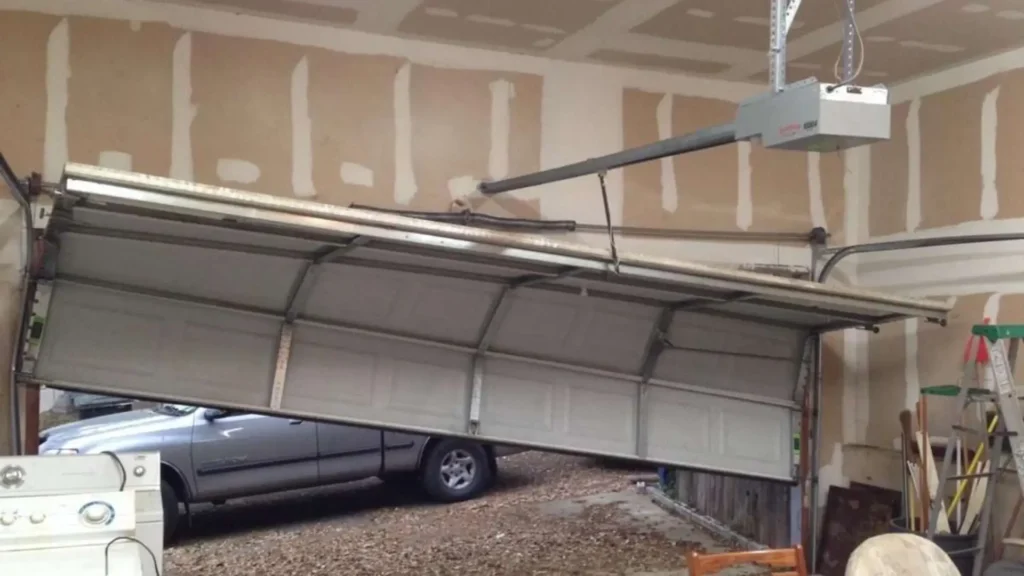
Garage doors repair are essential components of our homes, providing convenience, security, and protection for our vehicles and belongings. However, like any mechanical system, garage doors are prone to wear and tear over time, requiring occasional repairs to maintain optimal performance. In this article, we’ll explore common garage door problems and how to troubleshoot them effectively to avoid costly repairs.
Noisy Motors
A noisy garage door motor can be a nuisance, disrupting the peace and quiet of your home. The most common cause of a noisy motor is lack of lubrication on moving parts such as rollers, hinges, and springs. To troubleshoot this issue, apply a silicone-based lubricant to the affected components to reduce friction and noise. If the problem persists, it may indicate a more serious issue with the motor itself, such as worn-out bearings or damaged internal components, requiring professional garage door repair.
Sticky or Slow Movement
If your garage door is moving slowly or sticking during operation, it could be due to several factors, including misaligned tracks, worn-out rollers, or damaged springs. Start by inspecting the tracks for any obstructions or debris that may be causing the door to stick. Clean the tracks thoroughly and ensure they are properly aligned. Next, check the rollers for signs of wear or damage and replace them if necessary. If the problem persists, it may indicate worn-out or damaged springs, which should be addressed by a professional garage door repair technician.
Broken Springs
Broken garage door springs are a common problem that can render your door inoperable and pose a safety hazard. If you notice a sudden loud bang or the door suddenly becomes heavy and difficult to lift, it may indicate a broken spring. Broken springs should be replaced immediately by a trained professional, as attempting to repair or replace them yourself can be dangerous and lead to further damage or injury.
Misaligned Sensors
Garage door safety sensors are designed to prevent the door from closing if an obstruction is detected in its path. If your garage door is not closing properly or reverses direction unexpectedly, it may indicate misaligned sensors. Check the alignment of the sensors and ensure they are clean and free from any obstructions. If the problem persists, it may be due to faulty wiring or sensor damage, requiring professional garage door repair.
Weather Stripping Damage
Weather stripping along the bottom of the garage door helps to create a tight seal and prevent drafts, moisture, and pests from entering your garage. If you notice signs of wear or damage to the weather stripping, such as cracks, tears, or gaps, it should be replaced promptly to maintain the integrity of the seal. Weather stripping replacement is a straightforward DIY task that can help prevent costly repairs in the future.
Troubleshooting common garage door problems proactively, you can prevent minor issues from escalating into major repairs. However, if you encounter complex or recurring problems with your garage door, it’s essential to seek professional garage door repair services to ensure safe and effective resolution.
Learn more:
Choosing the Right Professional for Your Garage Door Repair Needs
